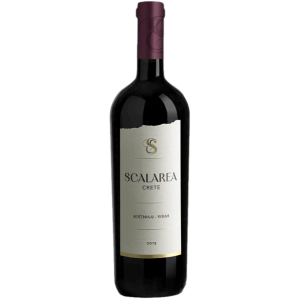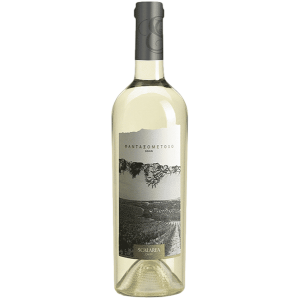Crete
The history of viticulture in Crete dates back to over 4000 years, when the boats crossed the seas filled with the wine that was made in large vats by the winemakers of King Minos. The mythology wants the Oracle of Delphi teaching the Cretans the preparation of sweet wines from sun-dried grapes. The viticulture continued over the years and the next brilliant season of the Cretan winemaking dawned upon the Venetian period with Malvasia wine. This prestigious wine culminated in the Middle Ages and Renaissance, and became known all over the world especially from the time when the Venetians began to sell sweet wines manufactured in Venetian Crete. Nowadays over 10,000 acres of vine are cultivated in Crete and next to the cooperatives that continue to produce traditional rustic wines, are active individuals, small and large, privately owned vineyards, producing modern wines with modern technologies and know-how. In Crete climate conditions are ideal for viticulture, and it is one of the reasons why here is produced about 1/5 of all Greek wines. The Cretan vineyard located mostly on the north side, where the landscape has deep fertile soil, valleys and slopes are cooled by the breeze of the Aegean. The vines are located mostly sheltered behind the mountainous backbone of Psiloreitis mountain in the north central part of the island, around Heraklion, Archanes, Peza and Bays and Sitia, in the eastern part of the island. Indigenous varieties grown in this place are Vilana, Kotsifali, Mantilaria, Liatiko, Romeikos, Muscat, Dafni and Plyto, and the international Syrah, Chardonnay, Cabernet Sauvignon and Merlot. In Crete, 4 P.D.O. are produced: Archanes, Prose, Dafnes, Sitia and 4 P.G.I.: Kritikos, Kissamos of Heraklion, Lasithiotikos.
Deep red wine with intense magenta highlights, character with high complexity and strong aromas of ripe red fruits, such as raspberry, cherry and plum. Aromas of oak, chocolate and roasted coffee are following. Very full wine, balanced between fruit and wood with a very long and warm aftertaste. The..
14.80€ 18.80€
Ex Tax:11.94€Boutari Winery Vidiano comes from the semi-mountainous areas of Crete in the outskirts of Dafnes.The aging of the wine takes place in tanks and in oak barrels with stirring of the fine lees after the end of fermentation until bottling.In the glass we have a bright lemon colour. In the aromatic ..
9.52€ 11.90€
Ex Tax:7.68€In the glass we have a lemon color. In the aromatic characteristics it is flooded with white fleshed fruits and tropical ones such as peach and mango while it is complemented by elegant notes of white flowers. In the mouth, the body is medium+, with a lively acidity, buttery notes and a pleasant aft..
10.30€ 12.90€
Ex Tax:8.31€Showing 1 to 3 of 3 (1 Pages)


